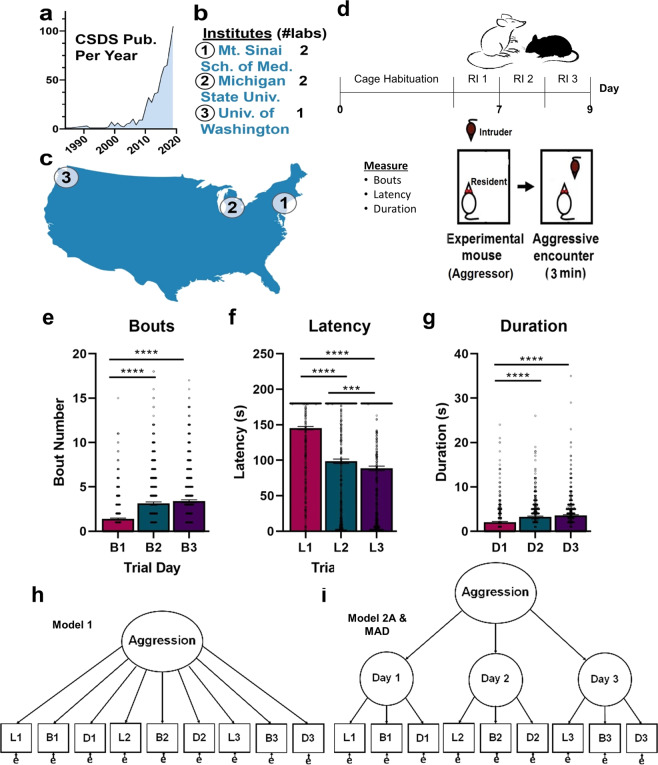Fig. 1. Aggression is a composite measure for studies of aggression behavior and chronic social defeat.
a The number of studies using CSDS listed on NIH Pub Med each year since 1985. b Data presented in this manuscript are drawn from aggressor screenings at three different institutes located across the United States (c), performed over the course of 10 years by four separate laboratories. d The resident-intruder procedure is a 3-day behavioral assay that evaluates aggression during a timed social interaction. After habituation of retired breeder male CD-1 aggressors to the home cage, a different male C57BL/6J intruder is introduced for 3 min per day on each of 3 days. Attack features including bouts, latency, and duration are recorded for each resident mouse. e–g Among experimentally naïve aggressors (Set 3; n = 579), there was main effect of trial day for bouts (p < 0.0001), latency (p < 0.0001), and duration (p < 0.0001). e The number of bouts increased on day 2 versus day 1 (p < 0.0001) and day 3 versus day 1 (p < 0.0001). f Latency decreased across all trial days (p < 0.001). g Duration increased only on days 2 and 3 when compared to day 1 (p < 0.0001). Together, bout, latency, and duration measurements generate nine observed variables that can be structured in an (h) first-order or (i) second-order measurement model to calculate an aggression score. ****p < 0.0001, ***p < 0.001, **p < 0.01, *p < 0.05; error bars indicate SEM.

